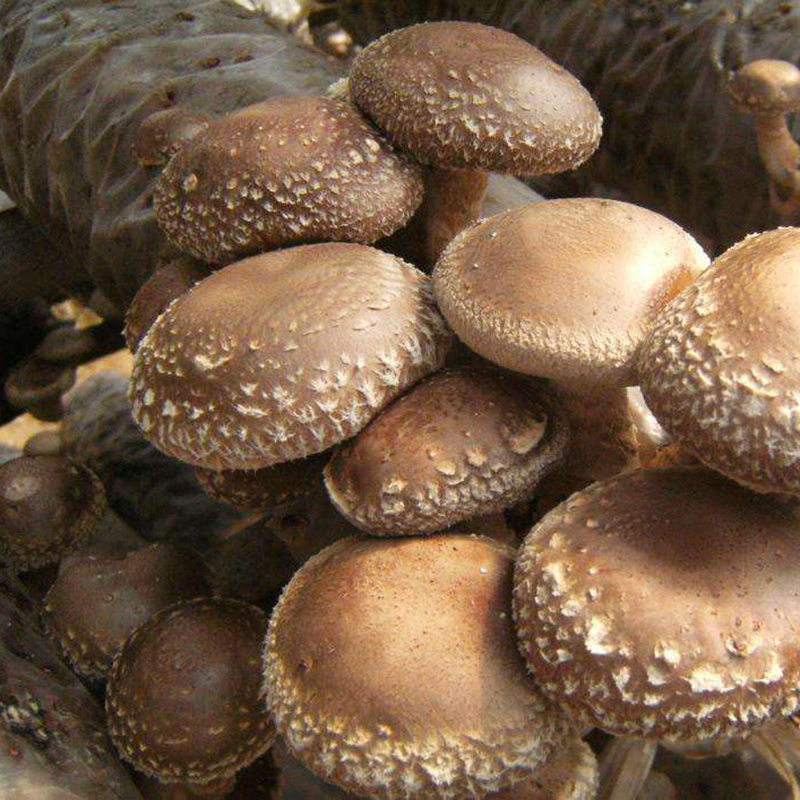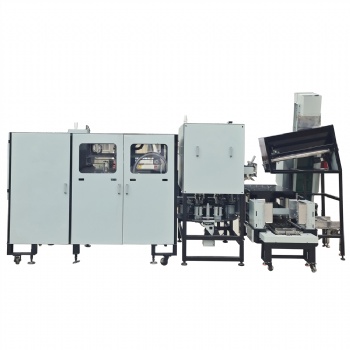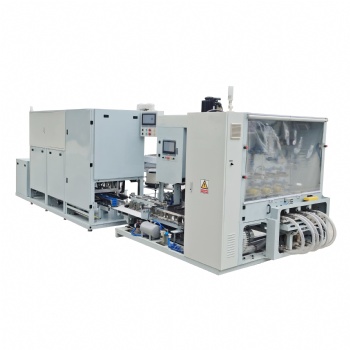News
Decomposition by White-Rot Fungi
Decomposition by White-Rot Fungi

Shiitake mushrooms (Lentinula edodes) are a prime example of white-rot fungi, though they also exhibit some brown-rot characteristics. White-rot fungi initiate decomposition in the presence of a moisture film, with their mycelial tips secreting various extracellular enzymes, including lignin peroxidase, manganese peroxidase, and laccase. These enzymes progressively break down the complex structure of wood, first degrading it into polysaccharides and then further into simpler sugars through intricate chemical reactions. These small-molecule sugars serve as an energy source and carbon supply for continued mycelial growth and lignin degradation.
During the decomposition of lignin, wood-decaying fungi trigger a series of chemical reactions that result in the formation of amino acids—key precursors for humus synthesis. Existing humic substances in nature undergo further oxidation, facilitated by microbial activity and ultraviolet radiation, gradually polymerizing into more complex aromatic structures, ultimately forming high-quality humus. This ongoing cycle of organic matter breakdown and renewal enhances soil conditions and increases fertility, leading to the formation and stabilization of new humic substances.
In controlled cultivation using logs or sawdust-based substrates, the lignin in the material is more readily degraded by wood-decaying fungi, expediting the metabolic process. This decomposition primarily converts the material into carbon dioxide (CO₂), water (some of which evaporates due to air exchange within the cultivation container), and residual organic matter. The breakdown also releases organic acids, gradually acidifying the substrate. For shiitake mushrooms, fruiting occurs once the pH drops to around 3.8–4.2.
Categories
Contact Us
- +86 15093267083
- +86 15093267083
- amy@zzbelead.com
- +8615093267083




